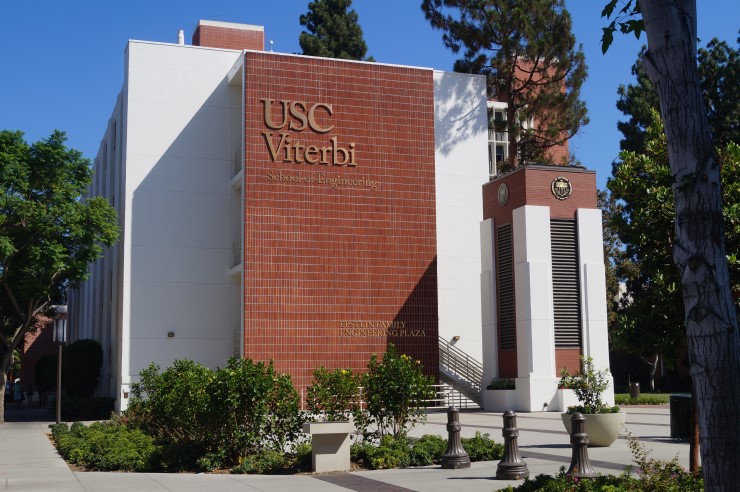What is Optional Practical Training or OPT program? Why is the US planning to introduce changes? In this article, we discuss the program, proposed changes, and everything you must know about it.
Students do not prefer the US anymore
The number of F1 visas or academic student visas granted in 2017 has seen a sharp drop from 2016. While 471,728 F1 visas were granted in 2016, only 393,573 F1 visas were granted in 2017.
In India, the number of students traveling to America for higher studies dropped by 28%. With the recent H1B restrictions and the latest changes proposed by the USCIS, the numbers are likely to drop even further in 2018.

Studying abroad has always been an expensive exercise. Hence, most students are forced to take up hefty loans. Typically, STEM or Science, Technology, Engineering and Math students were awarded a 24 month OPT or Optional Practical Training extension on their visa which allowed them to work in the USA.
The dream was to later convert these training positions into full-time jobs and get an H1B visa. With H1B visas awarded as a result of a lottery system, the dream was difficult enough but the Trump administration has just made it even harder to achieve.
What is Optional Practical Training (OPT)
Optional Practical Training refers to employment given on a temporary basis to students who have completed their degrees. This employment must be directly related to the student’s major areas of study. An OPT can last for up to 12 months and under the earlier rules could be extended for another 12 months. This extension is now limited.
Changes Proposed for OPT
In keeping with President Trump’s ‘America First’ rhetoric, the US Citizenship and Immigration Services have introduced a policy that restricts the optional training available to international STEM students. According to the new policy, international STEM students cannot undergo their OPT at an employer’s client site.
Thus, they can now work only at the employer’s place of business or worksite. This is because the US Immigration and Customs Enforcement (ICE) does not have the authority to inspect an employer’s client workplace and can only do so at the employer’s worksite. This will make it much harder for tech companies and consultancies to hire international students.
Distance and online learning arrangements have also been made more difficult. The employer may now no longer fulfil training obligations by allowing students to temporarily visit their worksite for training while the student works at a client’s office.
Similarly, employers may no longer fulfill their OPT obligations by having the students email or call in from the employer’s client site. The new policy states that the person supervising the student must be retained contractors or employees of the employer. Employees of the employer’s clients cannot oversee an international student’s OPT.
What will be the Impact of these Changes?
One of the most visible impacts of the proposed changes to the F1 OPT policy is the reducing number of Indian students opting to study in the USA. Students wanting to go abroad are now looking more keenly at Australian and European Universities that are more affordable and easier to apply for.
It is no clear at the moment on how these changes will affect students already in the USA and those who are undergoing their OPT.
Also See
- Relaxed OPT Training Rulings For International STEM Students In The USA
- International Students to US Down by 40% in 2017
- New Zealand Emerges As a Top Destination for Indian Students
- Know Why Germany Has Emerged as a Top Destination for Indian Students
- Top 5 Countries for Indian Students to Pursue MBA
- Study in the US – Rising Level of Immigrant Educational Qualifications
- Working In The USA – Will Country End OPT For International Students?